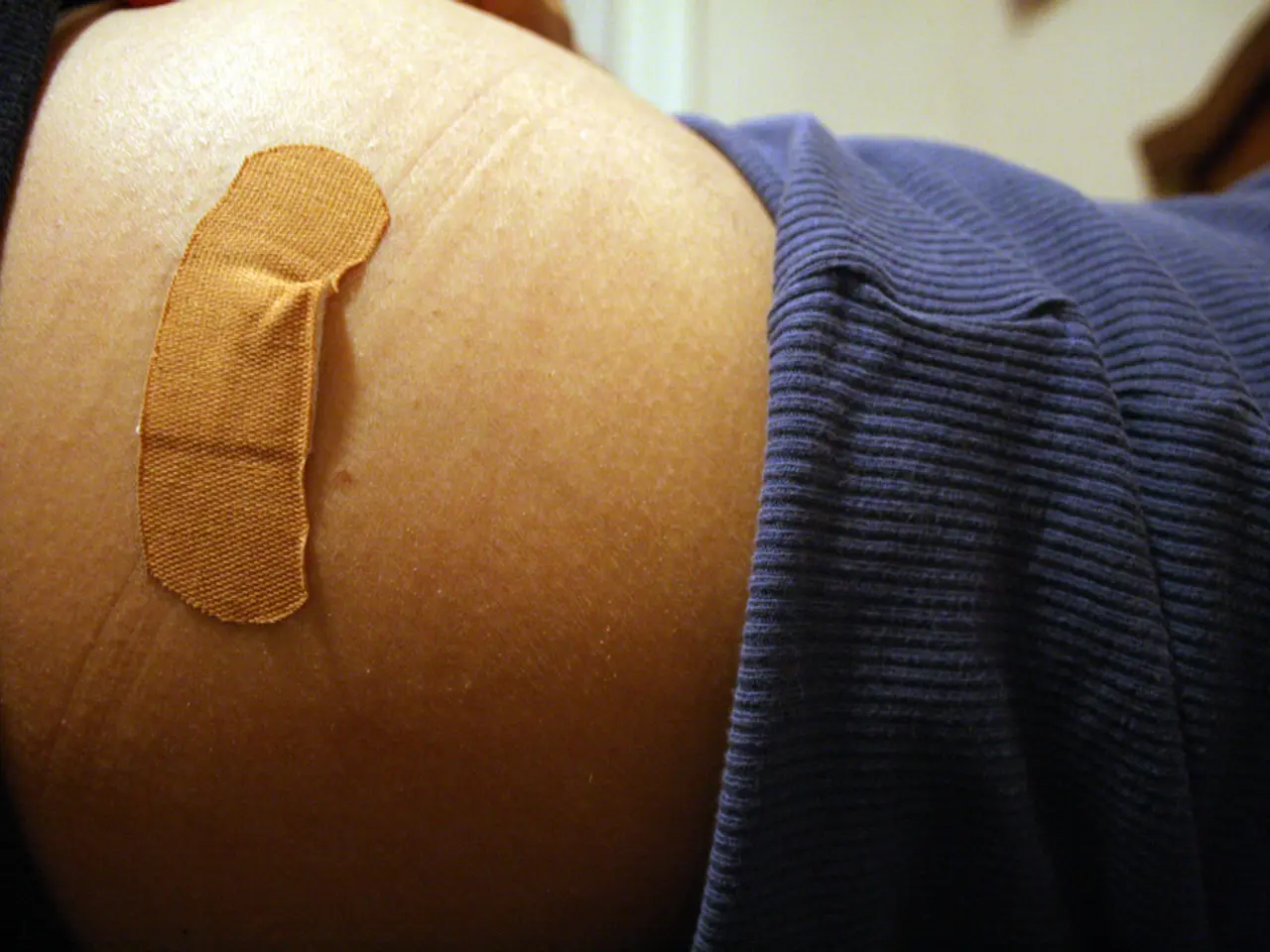Hemorrhoid Banding Procedure: Preparation Guidelines, Expectations, and Post-Treatment Recovery Details
Hemorrhoid banding, also known as rubber band ligation, is a popular treatment method for patients dealing with grade II and III internal hemorrhoids. These stages are characterized by prolapse that reduces spontaneously or requires manual reduction, and they often cause symptoms such as bleeding or discomfort.
This procedure, which involves the application of a rubber band around the base of the hemorrhoid, is less invasive compared to surgery and is generally well-tolerated, making it a preferred option for many patients who do not have severe symptoms or other medical conditions that might complicate surgical procedures.
Hemorrhoid banding offers several advantages over other treatments and home remedies. For instance, it provides quick relief from bleeding and prolapse, making it a good option for those seeking immediate symptom management. It is particularly beneficial for patients who have not found adequate relief with home treatments or conservative methods such as dietary changes, topical creams, or sitz baths.
Compared to other procedures like surgery, hemorrhoid banding is less invasive and often has a quicker recovery time, making it preferable for patients who wish to avoid the discomfort and prolonged recovery associated with surgery. However, for patients with more severe symptoms or those who have not responded well to banding, procedures like Hemorrhoid Artery Embolization (HAE) might be considered as an alternative.
Patients on anticoagulant therapy or those with medical conditions that increase surgical risks can benefit from banding as a safer alternative. This procedure is also advantageous for individuals who are poor candidates for surgery due to other health issues.
However, it's essential to be aware of the potential limitations and considerations of hemorrhoid banding. While generally well-tolerated, pain after banding can occur if the technique is not optimal. Additionally, compared to surgical options, banding may have a higher rate of recurrence, so it is essential to weigh these factors when choosing a treatment.
Up to 1 in 10 people may need surgery to remove their hemorrhoids following hemorrhoid banding. Before the procedure, individuals should discuss medications with their doctor, including OTC drugs and supplements, and follow guidance on preparation, such as avoiding food and drink for several hours.
Following the procedure, it can take a couple of weeks for the hemorrhoids to dry up and fall off. Side effects from hemorrhoid banding are not very common, but they can include bleeding from the anus, severe pain, infection, recurring hemorrhoids, and problems urinating. Some bleeding following the procedure is normal, but if it does not clear within a day or two, a person should contact their doctor.
In conclusion, hemorrhoid banding is a viable option for patients with symptomatic grade II and III internal hemorrhoids who seek a minimally invasive treatment with quick recovery. It offers a solution for those who have not found relief with home treatments or conservative methods, and it is a safer alternative for patients on anticoagulants or with medical conditions that increase surgical risks. However, potential recurrence and the possibility of side effects should be carefully considered before opting for this treatment.
Science has progressed to offer predictive therapies and treatments for various health conditions, including hemorrhoid issues. For instance, hemorrhoid banding, a less invasive procedure, works for grade II and III internal hemorrhoids, providing quick relief from symptoms like bleeding and discomfort.
In the realm of workplace-wellness and health-and-wellness, mental-health, fitness-and-exercise, and skin-care also fall under the purview of science. For instance, CBD, a non-psychoactive compound found in cannabis plants, has shown promise in the treatment of depression and anxiety, and in promoting overall wellness.
Nutrition plays a significant role in maintaining good health. For example, a balanced diet rich in fruits, vegetables, lean proteins, and whole grains can contribute to better mental health, physical fitness, and skin care.
In the context of health-and-wellness, seeking professional help, such as therapy or counseling, can also be beneficial when dealing with issues like depression or Alzheimer's disease. These therapies and treatments, along with a healthy lifestyle, can lead to improved wellness and mental health.
Lastly, it's essential to remember that every individual's health journey is unique, and what works for one might not work for another. Therefore, it's crucial to consult with healthcare professionals before making any significant changes to one's diet, exercise routine, or treatment plans.




